-
Posts
22 -
Joined
-
Last visited
Content Type
Profiles
Forums
Articles
Posts posted by Miguel De Olaso Macgregor
-
-
-
It took about a year to make.
The budget for the shoot was about $25K, includes permits and crew getting paid a bit.
A couple regular kinos for this but mostly practical lights.
- deezid and Nick Hughes
-
 2
2
-
-
-
So I've had this lens for a few years, and still not sure what is it:
So I'm trying to figure out the front lens filter ring size and which lenses was this supposed to work with.
-
I'm thinking about buying one of those brand new Arri master anamorphics and have it converted to Nikon mount. I have some cash left from the grocery store.
Oh no, wait a second...
-
-
Wow, I hadn't heard about that. What could you do in such event?
-
Updated photos.
-
All the iscos I've tried were x1.4 even when marked as x1.5.
Yeah the edges will get more compression, the compression is not uniform across the frame. But what matters it the middle, the center area.
-
I haven't actually shot much footage with it. I had it as a stills lens only.
Some examples (click on the images for a larger view):
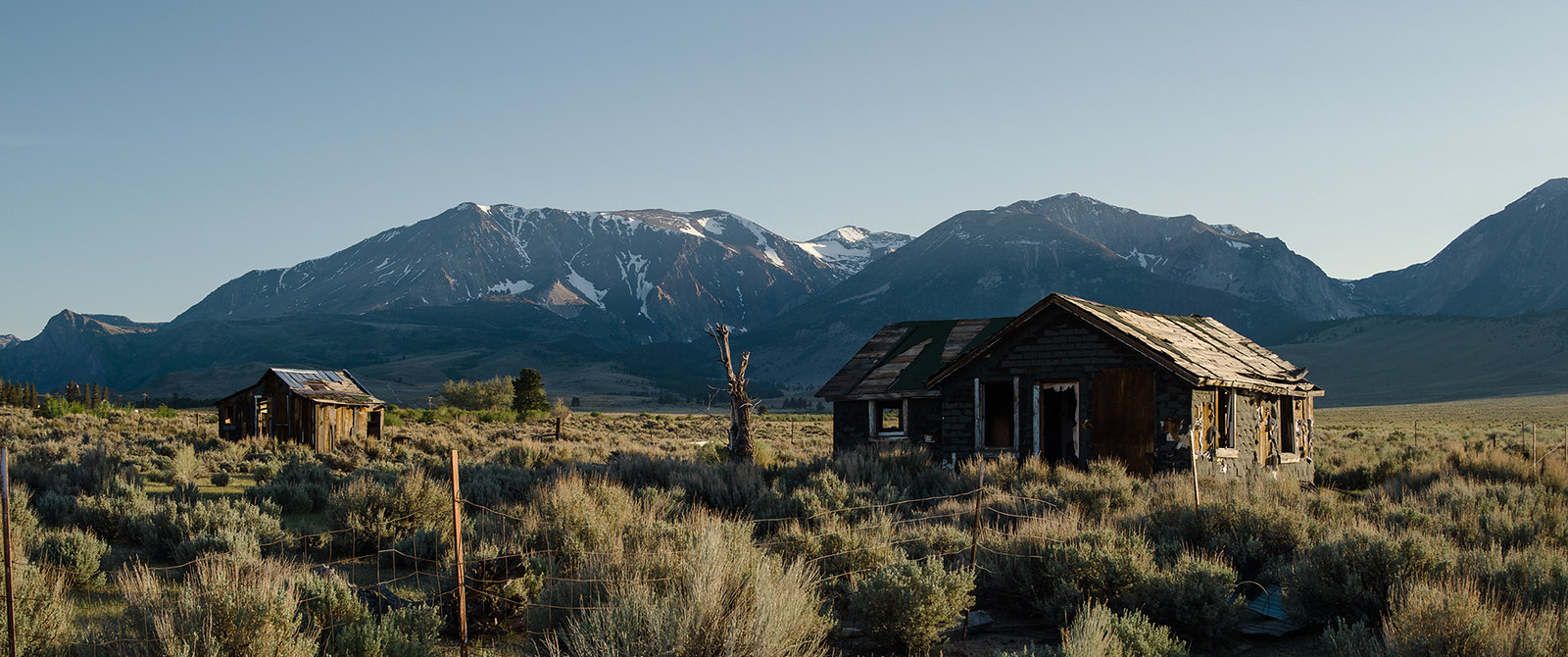

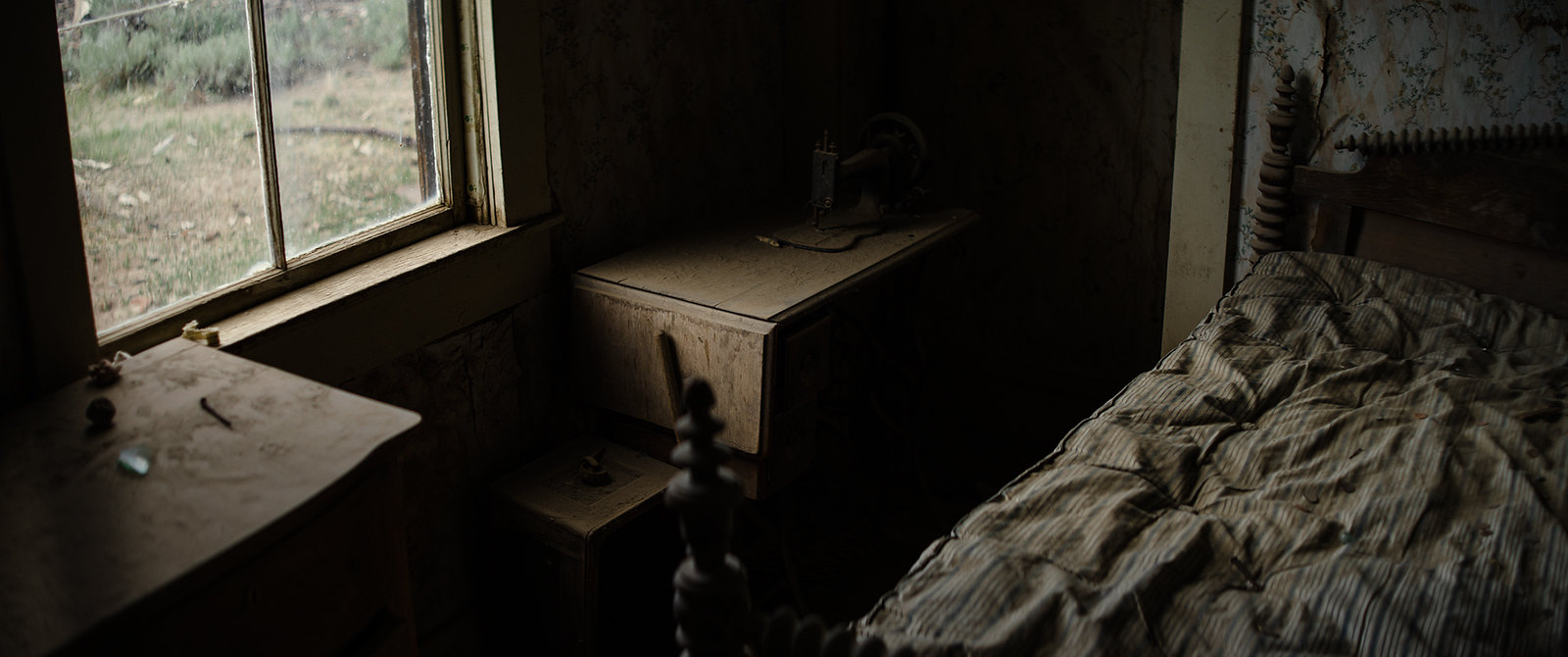


- Rudolf, yannis.zach and dahlfors
-
 3
3
-
For lack of time to use it I'm considering selling my Iscorama 2004 with nikon mount.
This is a very special lens, nothing to do with the more usual, and often referred as, Iscorama 36. This is what wikipedia says about the iscorama 2004:
Iscorama 2004
The only sealed anamorphic monobloc manufactured from a premium quality prime, the donor lens being the Leica 50mm f/2 Summicron. The Iscorama 2004s were multicoated lenses, and featured a Leica R Mount camera fixing.
So pretty much without any doubts we can say this is among the best if not the best Iscorama anamorphic lens ever produced. And probably the most expensive.
This lens comes with Leica R mount and because I wanted more compatibility I decided to send it to Iscorama/Schneider labs for a mount swap, and now it has a Nikon mount. This conversion was pricey (aprox $800-$1000) but worth it because it can now be used on nikon (and canon EOS) DSLRs. And what's more important, the lens mount has been precisely aligned so that vertical lines are... well, vertical. That means no skew on the image like you often see on videos shot with anamorphic lenses/adapters.
The iscorama 2004 produces a blue lens flare if a strong light is pointed towards the lens, but it's a multicoated lens, which means it will produce sharper and more contrast images than older iscoramas (which tend to be soft).
The condition of this lens is MINT. That means it's in perfect, almost new condition. I'd be happy to return the money to anyone not happy with the condition of the lens.
Not much more I can say about this lens.
SOLD
-
If you can't see the difference, then great for you!
-
Hello Miguel, so according to you, there is a "huge difference" between the 14bits raw from the 5d sensor and the f35?
According to your explanation, it seems to be, but in the field, things don't are a bit more "complex" ?
I mean, with a good post prod, you can make your 5d 14bits raw footage whatever you want am i wrong?
I've seen some f35 footages, looks as appealing as hell, really more "filmic" than what has been achieved with the 5d..
But again, with a good post prod, isn't it possible to achieve almost the same look?What looks better, 35mm film or a 5Dmk3? Can you make 5D footage look as good as film in post? nop. A good post will get you the best out of the footage but can't do miracles.
What's better, a 2009 Ferrari 458italia or a 2013 Subaru BRZ? I'll take the Ferrari thanks. (feel free to replace the 458 with a 911 turbo if you're not a fan of italians). And I love the BRZ, but they play on different leagues.
So the day the 5D can shoot images as filmic as the F35 I'll be sooo happy to leave it at home and just shoot with my 5D.

-
As you said it youself you can do raw to RGB with 444 color sampling. Sure there's some interpolation but it isn't inaccurate to call it 444.
Lol, it's true you can. But in the same way I can plug my old VHS into a HDCAM SR deck and record at 1080p 444, and while the signal will be actually full HD with full chroma resolution... well you get the point right?
Chroma sampling and debayering are often mixed and confused. I think it's normal to do so. But it would be great if people get the difference.
For example, since you're mentioning F35 vs 5D. For each pixel in the final 1080 resolution, the F35 had 6 pixels in the sensor and the camera downsampled them to get that one pixel. That means each pixel has full red, green and blue information. No interpolation.
Now, compare that with a bayer pattern sensor like the one the 5D uses, where only 25% of the pixels go to red and blue. From 25% to 100% there's a 75% interpolation gap there. Yep, that's a big gap to fill in compared to a F35 right?
-
You're right, it's wider than 16:9, but it isn't as wide as you think, and it's stretched. Funny how your brain compensates if you've been looking at it for a while, though (which is something I've noticed before).
Here, look:
Top is the original aspect ratio.
Bottom has the video frame (including black bars) compressed to 3:2.
Blue circle added for easy comparison to the hoops in the background. Speaks for itself. ;) You can't argue that the hoops are at an angle, because they would be taller vertically and they are not. So, the conclusion is that it's stretched ever so slightly, but enough to be the first thing I noticed when I started watching your vid. Shoot a perfect circle head on if you want to see it yourself. Just trying to help.

Hey Andrew, I think the aspect ratio is off in your video (the first one). It looks stretched horizontally, but compressing it so that the video frame (excluding black bars) is 16:9 fixes the stretch. As you're shooting in 4:3, you will get 16:9 with an anamorphic lens (which was the original use for the Panasonic anamorphic lens - to make a 4:3 camera record in 16:9). Just thought I'd let you know. :) Stunning footage regardless!
Here's what I mean:
Probably due to the fact that while Iscoramas are rated as x1.5 anamorphic lenses, they're closer to x1.41 compression ratio if you measure them with a perfect circle. At least that's my experience with the ones I've had.
-
Hi Andrew,
Let me say I enjoy reading your blog everyday.
But if you could take an advice, I'd recommend you to double check all the tech info you posted today, because it's full of inaccuracies and technical misleadings.
For example, while a RAW to RGB conversion can actually be done with a 444 color sampling, that does not mean that the actual signal carries full color resolution for each of the channels. Such is the case of a CMOS bayer pattern sensor like the one in the 5D. While RAW recording clearly gets rid of ugly both compression artifacts and in camera video processing that throws away information, as long as it is limited to low resolution such as 1920x1080, it will never achieve a great luma and chroma resolutions, just because of the nature of bayer patter sensors. The only way of solving this is adding more resolution and downsampling in post. SO yeah, the raw can be 1920x1080 but the measured resolution will fall far behind that.
Anyway I didn't want to make a very long post, this is just one of many issues your article has (like calling 3K a digitally resampled anamorphic image).
You could double check your blog entry to avoid having newbies confused. I understand the ML hack is very exciting but facts and numbers still apply.
And I say this owning a 5Dmk3, a F35 and some Iscoramas as you do. :D
-
- Which camera for less than 12k gives you 4k 4:2:2 8bit (that you can convert to 1080p 12bit 4:4:4 !) Will I buy no. I'm not DP, just an Art Director. Would I buy it for 6k ? Hell no, if they sell it at 6k, I want Sony to sell its new F5 at 6k also !
Hey, do you care giving your explanation about that conversion? Sure resizing a 4K image down to 2K will improve chroma sampling, but it won't magically improve bit depth. :blink:



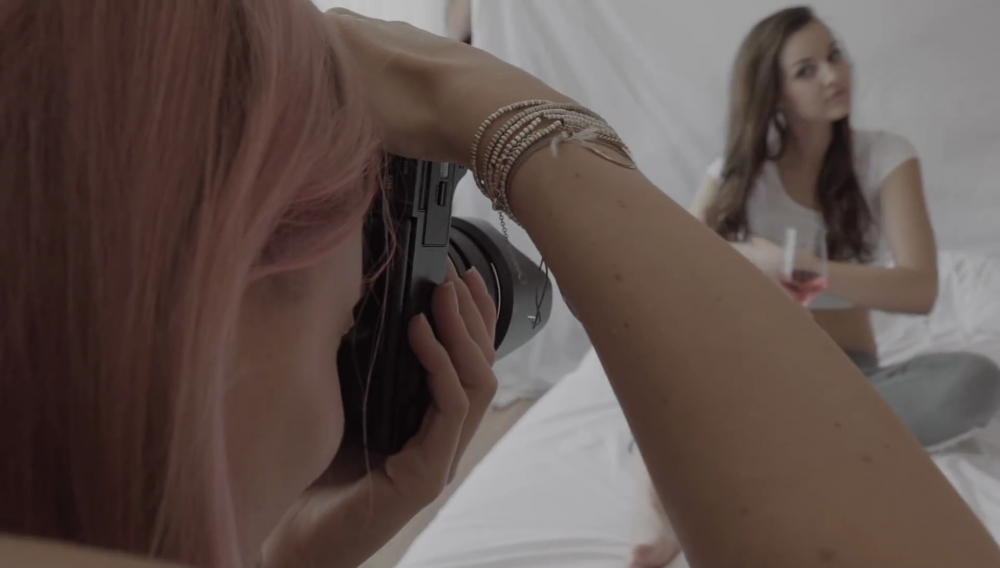
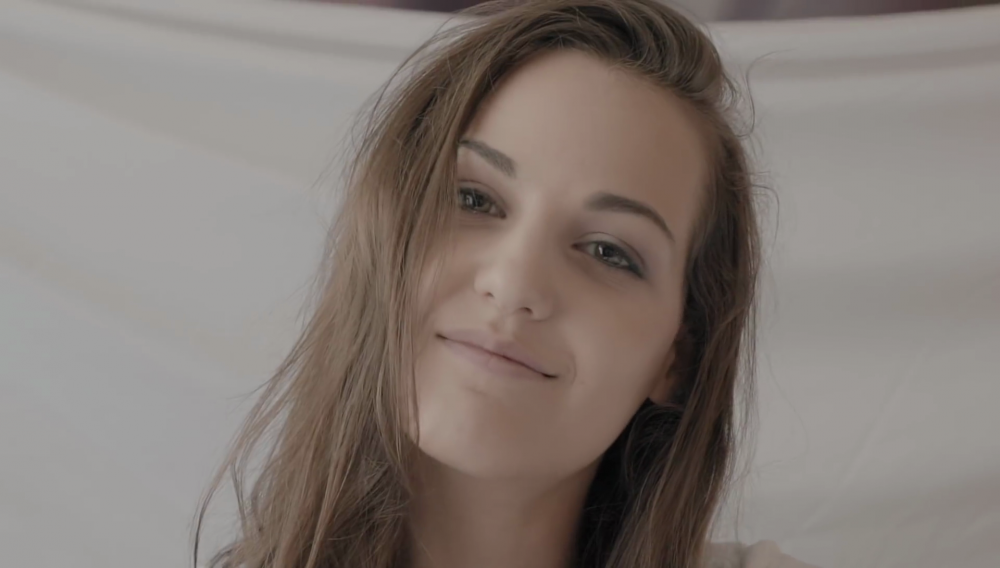
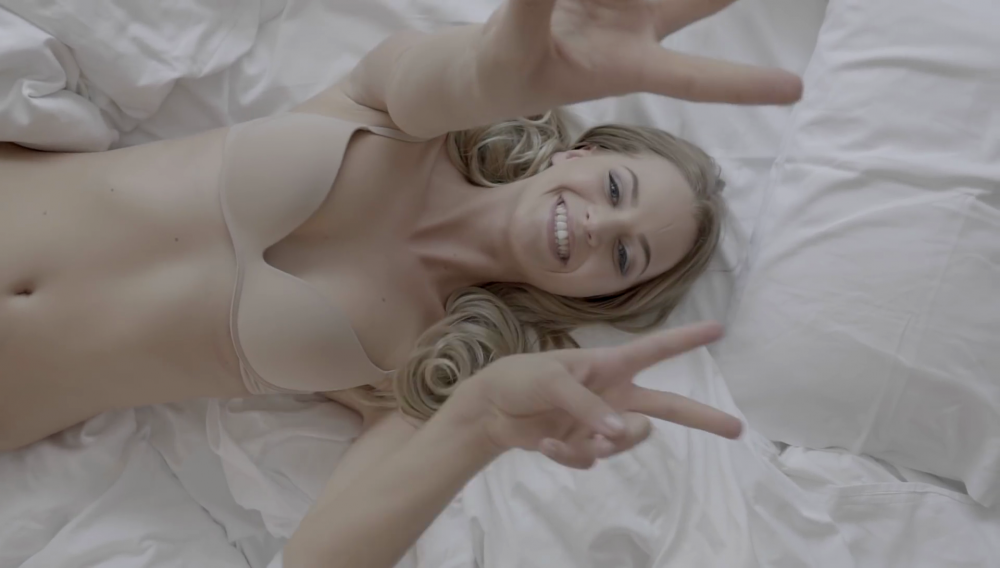
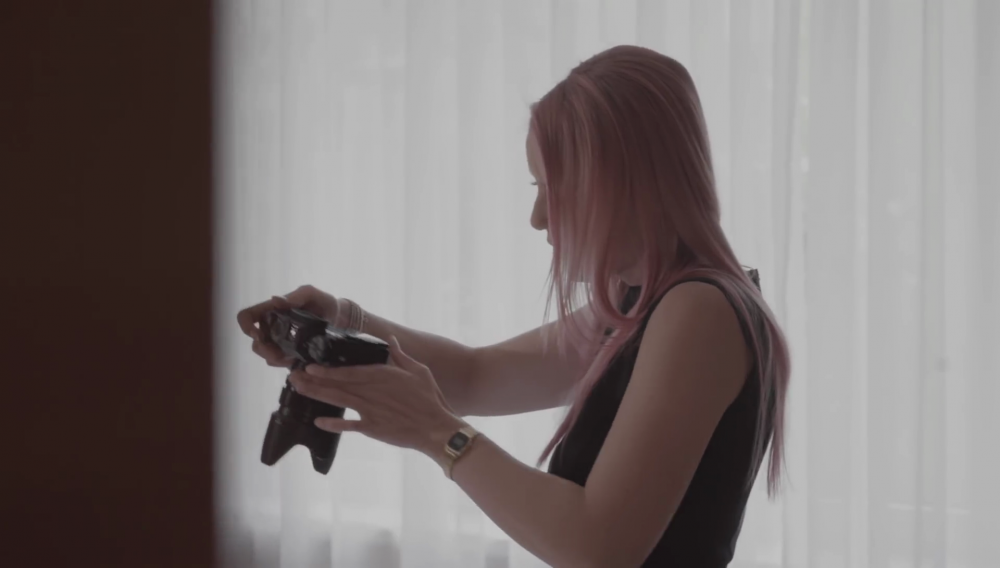
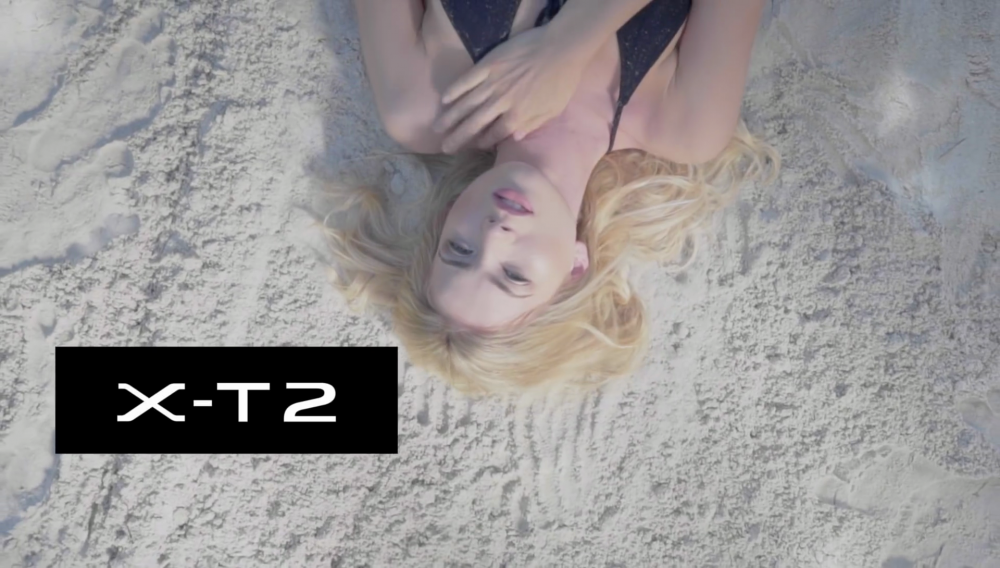


ENTRY VIDEOS: Find the best video quality for under $200 - fun EOSHD Challenge
In: Cameras
Posted
Ebay here I come!!!!